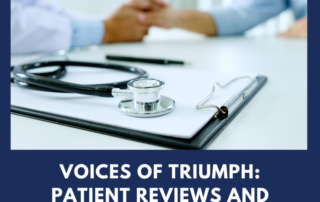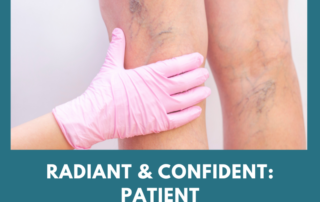Swelling Unveiled: Exploring Lymphedema Causes, Symptoms, and Management
Swelling Unveiled: Exploring Lymphedema Causes, Symptoms, and Management

Leg swelling, clinically known as edema, is a symptom that should never be taken lightly, as it can signify underlying issues of significant concern. In this blog post, we embark […]










![What do I need to know about venous disease? 11 What Do I Need to Know About Venous Disease? [2024]](https://ljvascular.com/wp-content/uploads/2024/03/Bunke-March-Blog-Thumbnail-37-320x202.png)

